Chuck(G)
25k Member
Mine was the SWTPC KBD-2. I despised the thing for its lousy feel and lack of rollover.
Mine was the SWTPC KBD-2. I despised the thing for its lousy feel and lack of rollover.
Probably the wires are simple cross-connect springs. That would explain the shorting.
If this were my keyboard and I didn't care overly about "authenticity", I'd look into changing each switch out for a Cherry MX unit. Available on eBay, in lots. You get to select the keycaps, but those are easy.
Without a schematic, it's really hard to say...
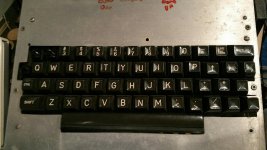
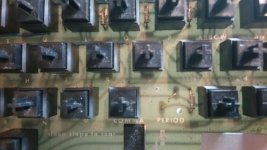
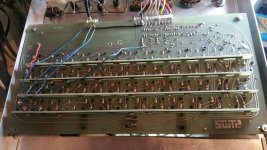
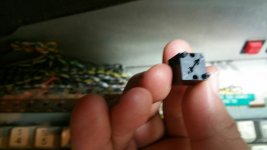

That schematic and article is exactly the same as the one I've got for the KBD2, right down to the RTL hex inverters.
But I thought you said something about CMOS...?
If this were mine, I'd first check the function of the inverters--these are very old technology--RTL was already obsolete by the time the PE article was published.
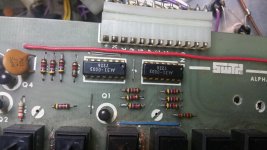
Yup, the look of the chips tell me that they're someone's Moto "house number" RTL chips. You can verify the function by simply applying power to the board, and seeing if the output of each inverter is the inverse of the input. Pressing a few keys should cause the various inputs to change state. My guess is that one or more of the inverter sections is bad. Diodes usually don't go bad--and that's good. But old plastic RTL hadn't gotten the encapsulation thing down 100% in 1972, which is what these are.
